A witch has been one of the most popular Halloween costumes for women since the beginning of the 20th century. In fact, it might be one of the most enduring trends, still ranking as the top pick in 2021. It is long-lasting in most senses, with little variation to the recipe: sleek, black dress and black pointed hat. But why? If you are attending a Halloween party this year, arm yourself with a great conversation starter with this look at the history of witches’ hats.
Witches’ hats: where did they come from?
Though not originally associated with witchcraft, the earliest known examples of cone-shaped hats were found in Chinese graves dating to the 4th and 2nd centuries BC. These graves are fascinating in their own right and I encourage you to read up on the story. The hats were found with the remains of female skeletons also wearing long black gloves, leading historians to believe they were falconers or hunters who used raptors. Because conical hats were already linked with witches when the graves were discovered in 1978 they are now known as The Witches of Subeshi.
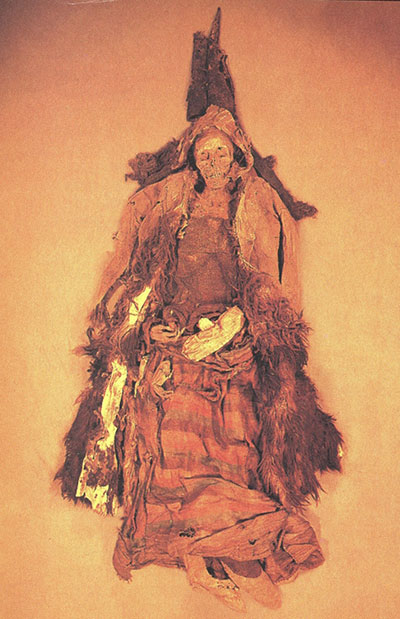
Read more: Ancient Mummies of the Tarim Basin: Discovering Early Inhabitants of Eastern Central Asia
When it comes to how witches began to be portrayed as flying on broomsticks wearing pointed hats, that is a bit murky. As with many icons from history, it is difficult to know exactly where the beginning resides. Many believe that it is rooted in anti-semitism, as Jews were often portrayed in traditional pileus cornutus in the mid-ages. While the pileus cornutus is native to Jews in parts of Europe, the depictions denoted evil doings, possibly creating an association with pointed hats and nefarious activity.
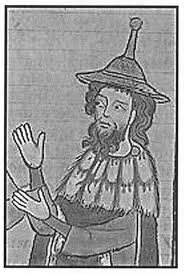
I point this out as it came up in nearly all of my research on the topic, though its relevance is dubious to me. The shape of the pileus cornutus is not as close to what we now think of as a witches hat as other possible options. For instance, during the Bronze Age, priests with astrological knowledge wore tall, cylinder-shaped hats.
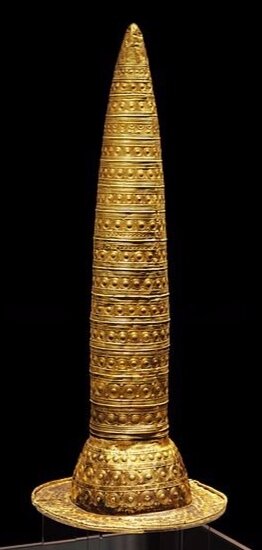
Enter the alewife
While interesting, the above instances, in my opinion, relate to the history of conical hats in general rather than the history of conical hats and witches. My vote for the origin of this spooky accessory is that it relates directly to the hats worn by female beer brewers (also known as alewives) in medieval times. Trying to stand out in crowded markets, they would wear tall, pointed hats.
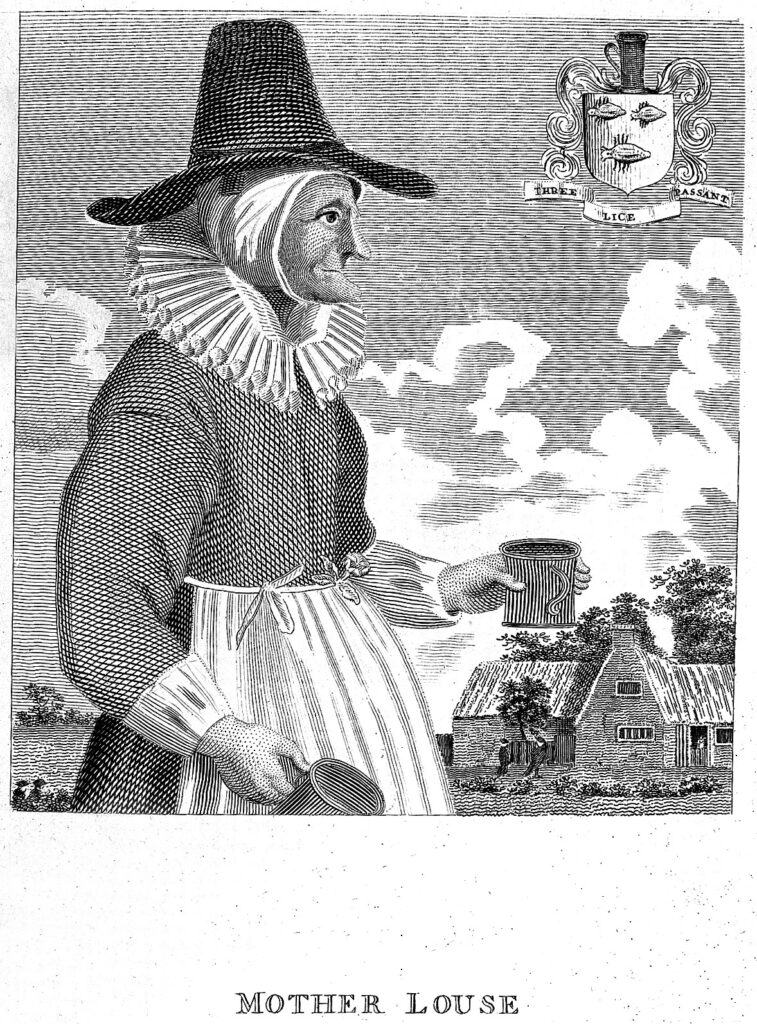
Such women were also associated with having a knowledge of herbs and brewing concoctions at home. My theory is that when depictions of witches began to skyrocket a short time later, it was an easy image to conjure up (pun intended).
Read more: The Ale-Soaked Medieval Origins of the Witch’s Hat.
I believe that the association with female brewers is also the strongest as only a relatively short time later witches were regularly depicted in similar hats. Woodcuts from the 18th century show that it was an ingrained link by then, and would remain to this day.
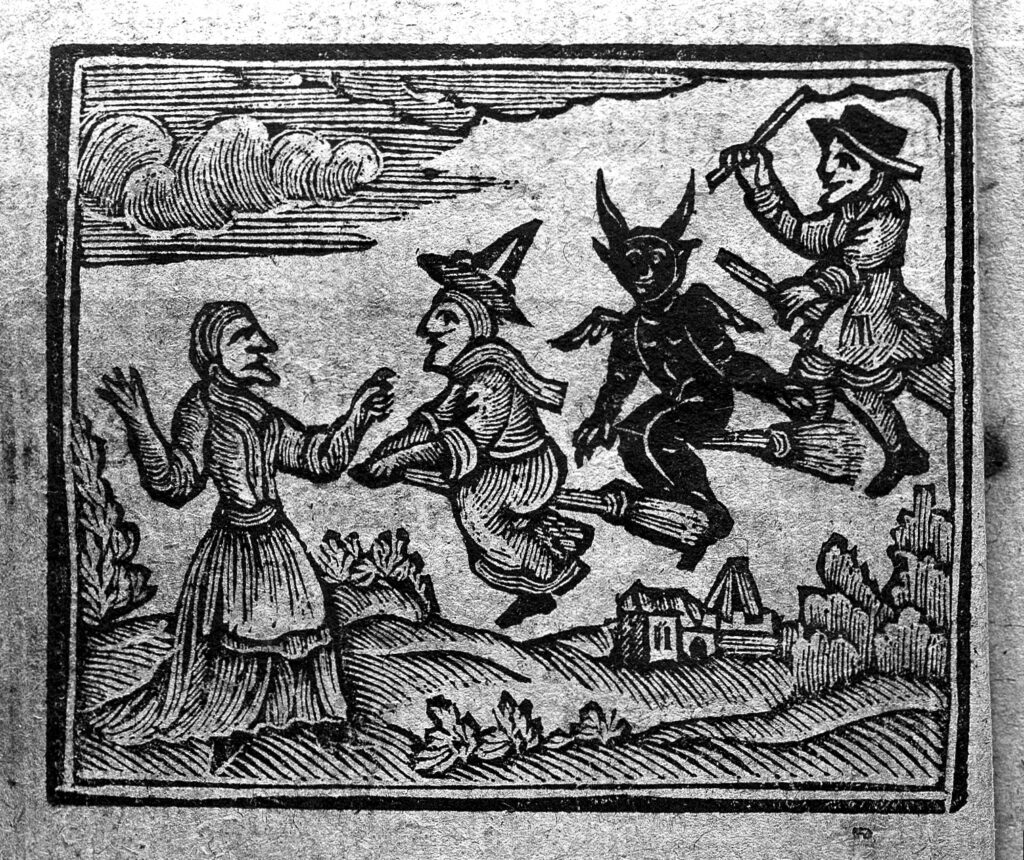


More Halloween fun:
Fun and Happy Vintage Halloween Images




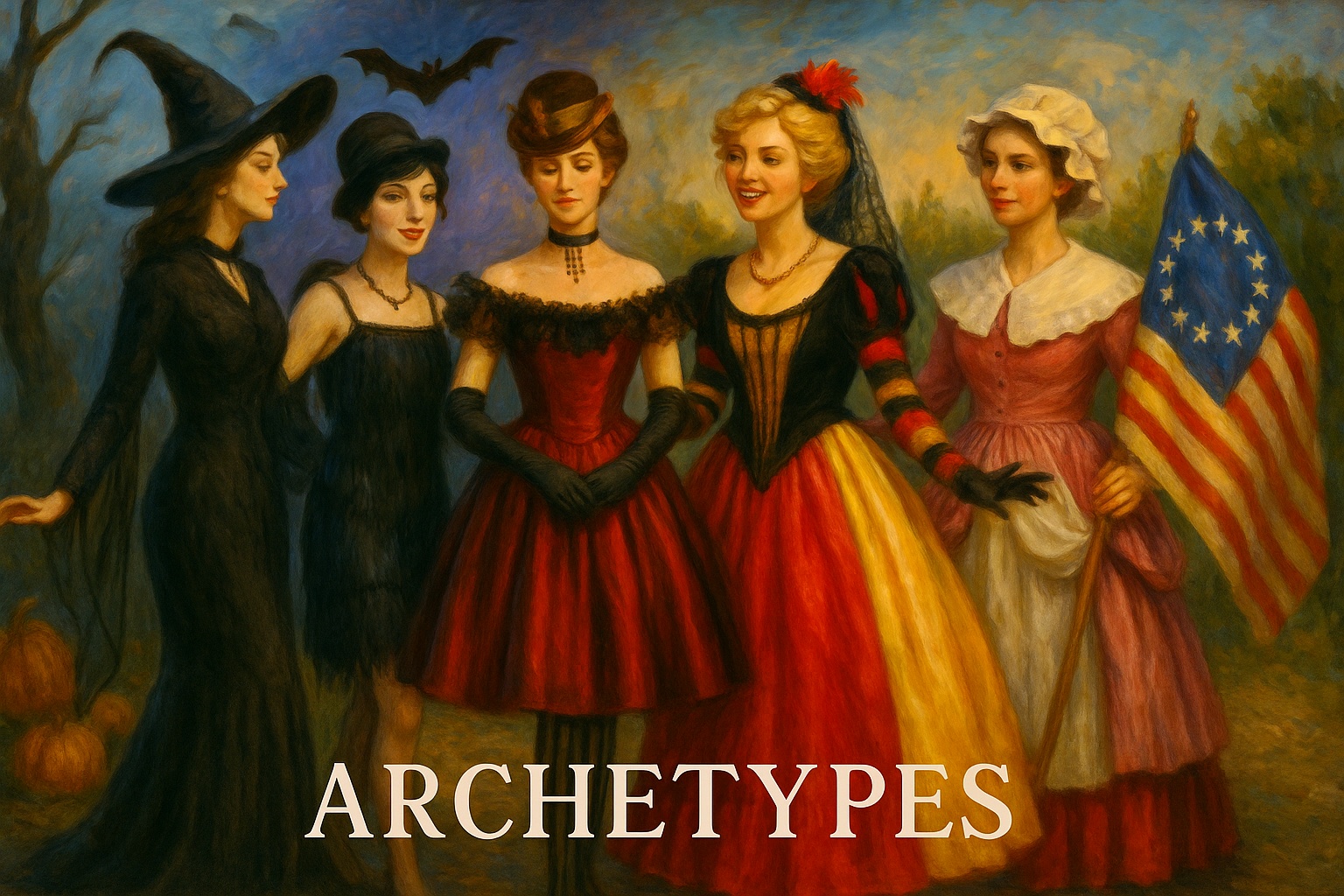



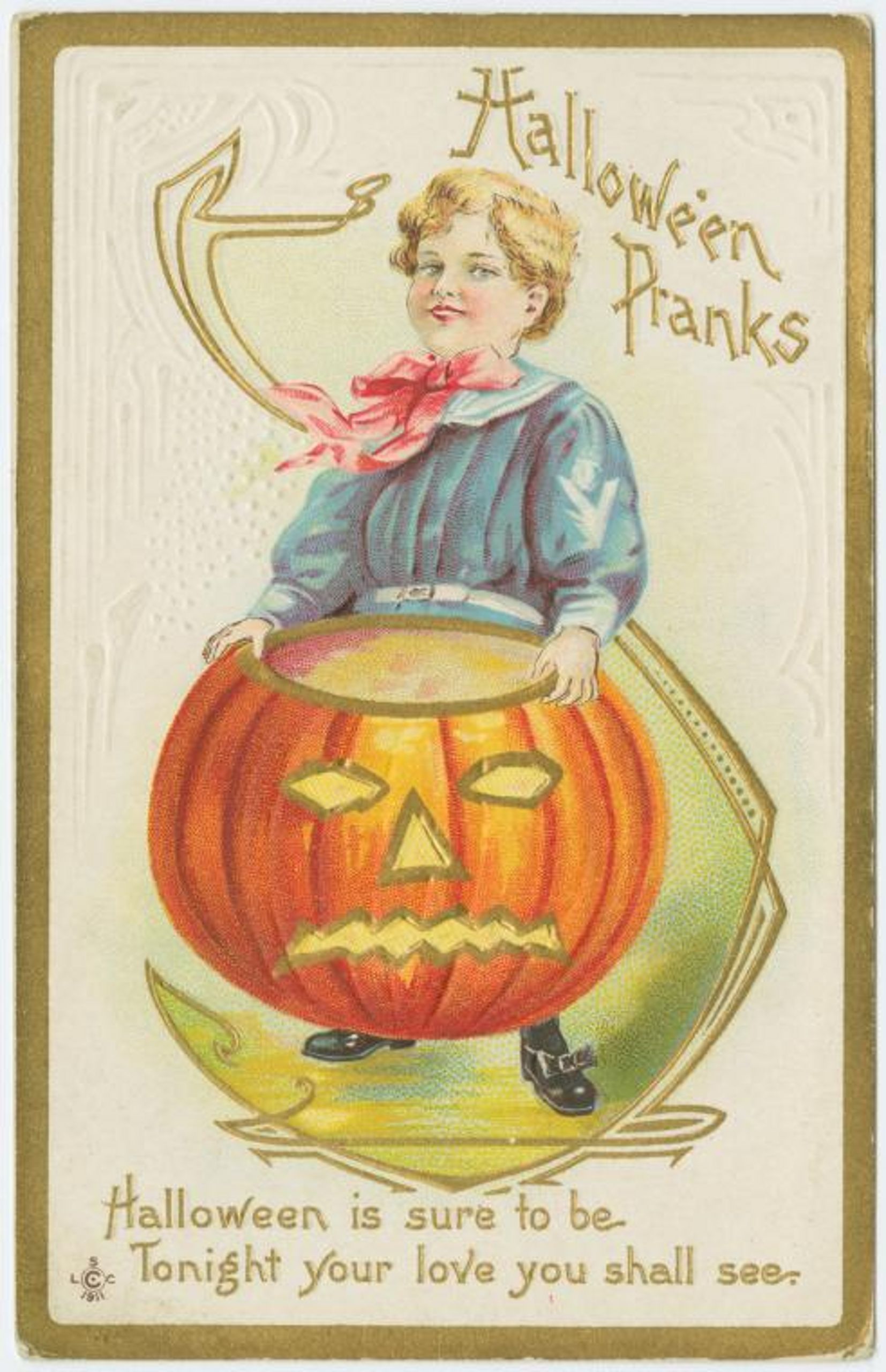
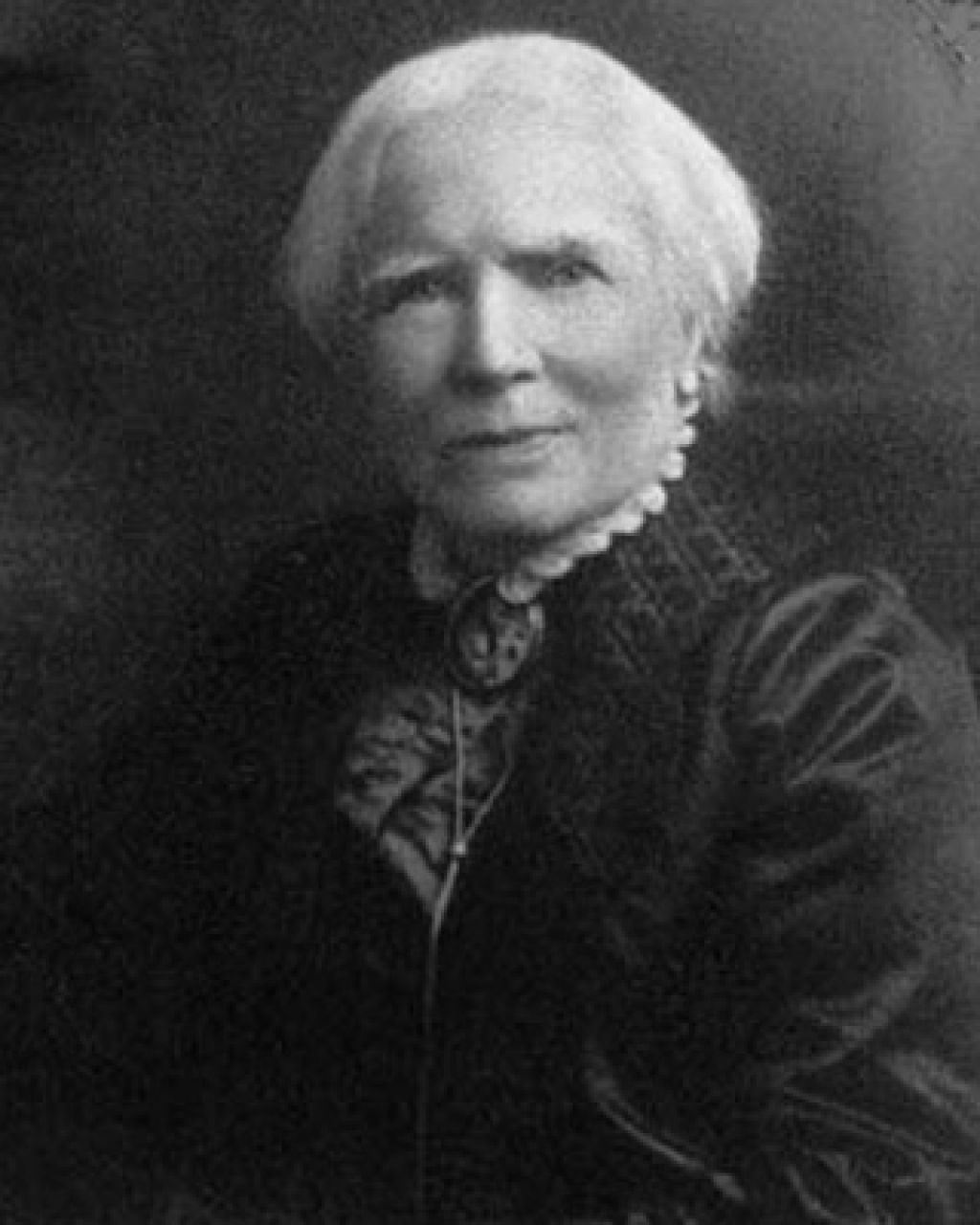

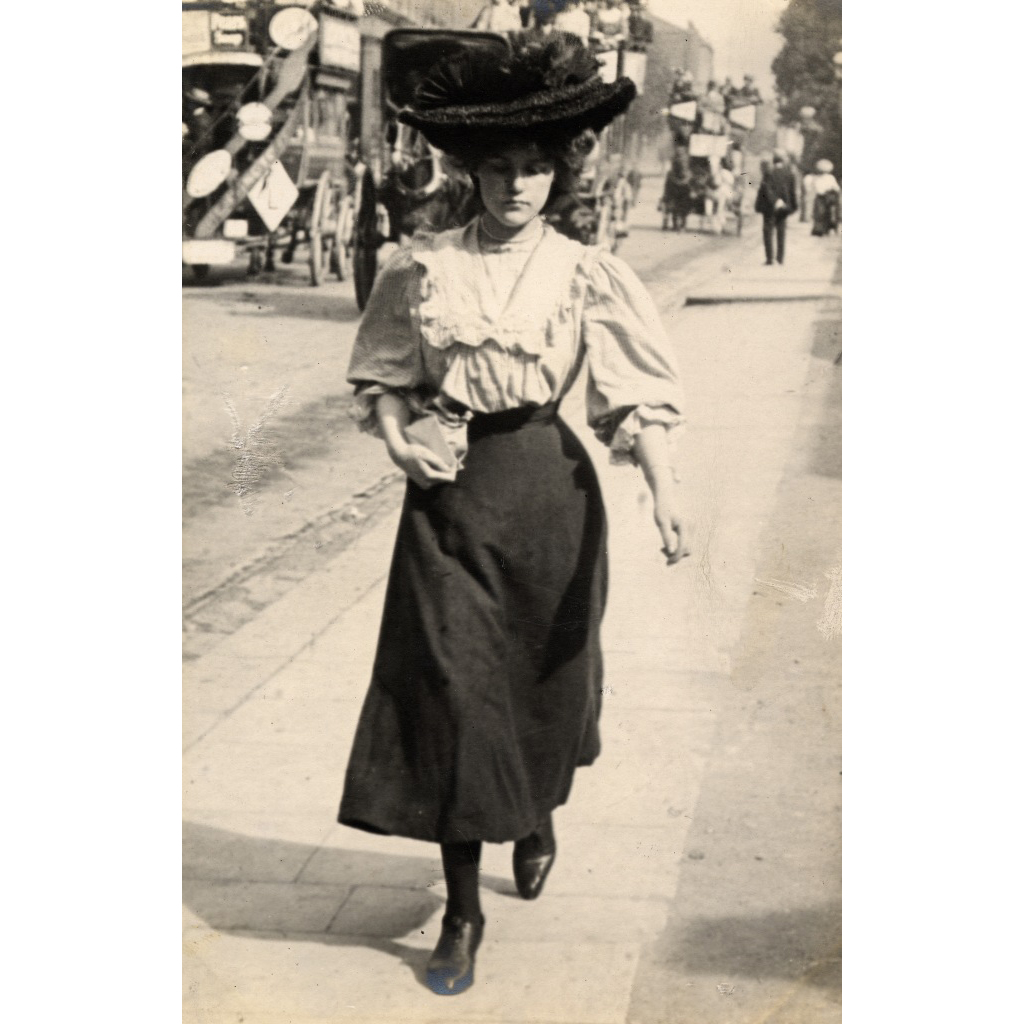
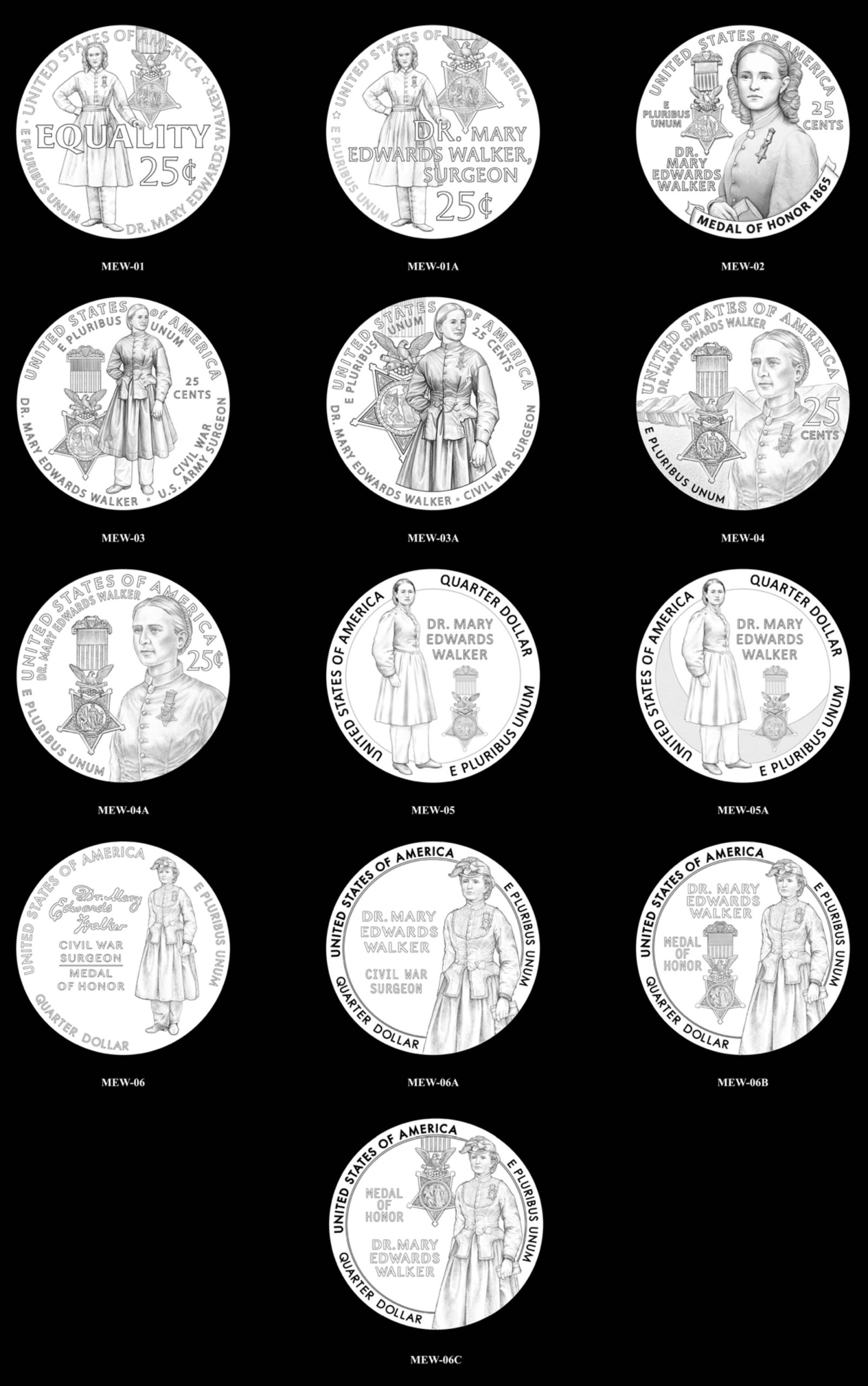
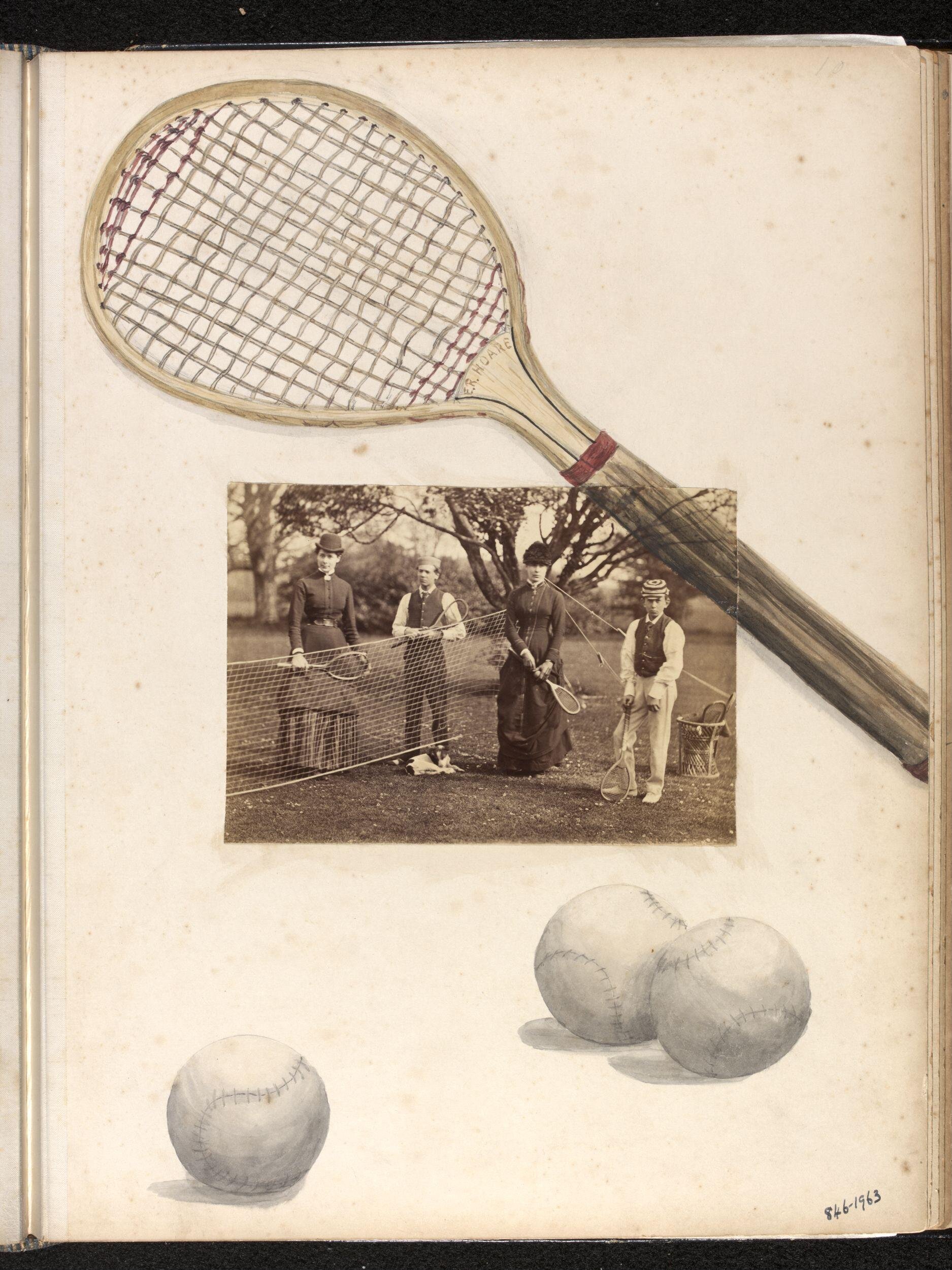
Leave A Comment